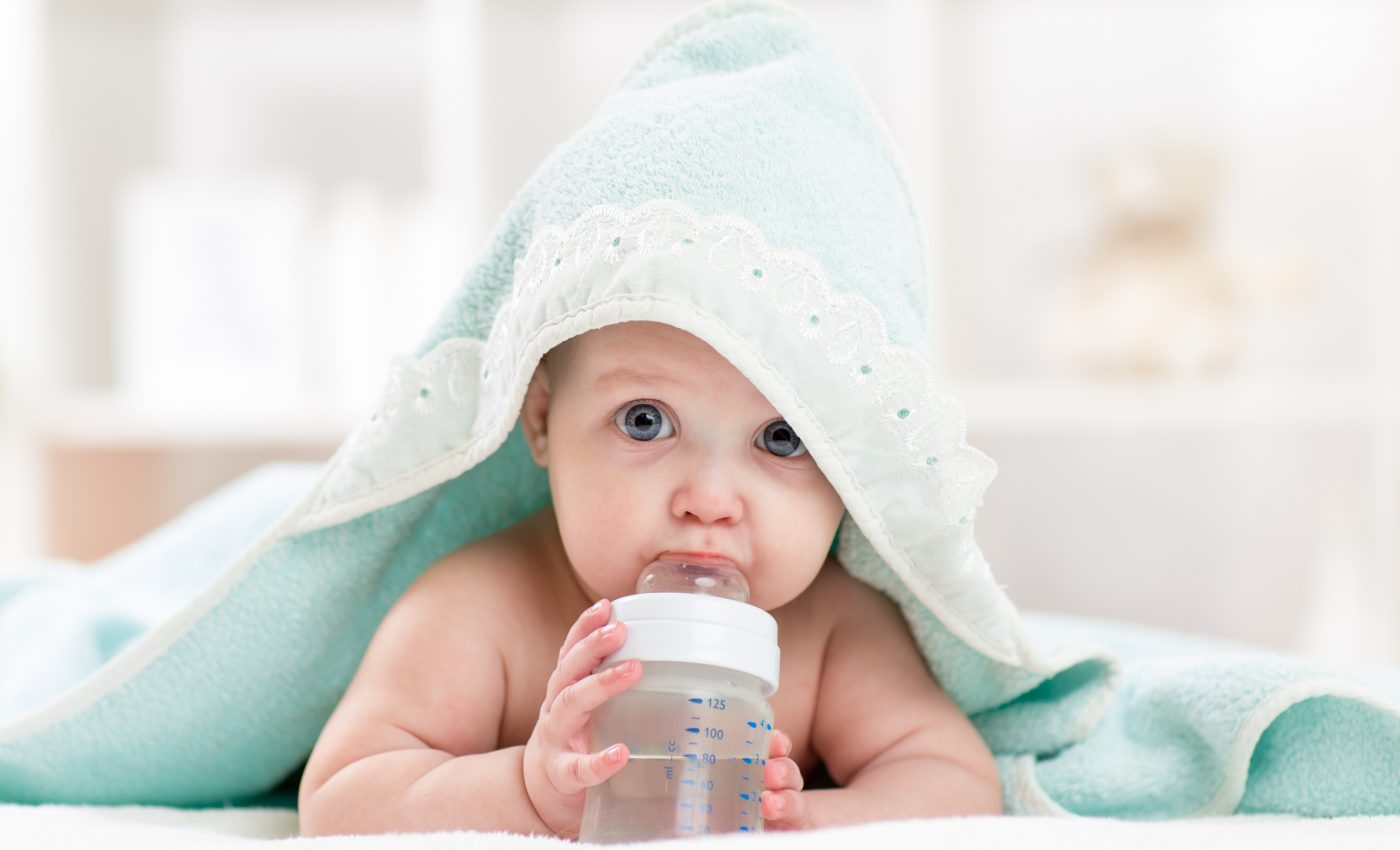
Early exposure to chemicals can harm lung function for children
More than 1 in 4 deaths of children under five are due to living in or being exposed to an unhealthy environment, according to the World Health Organization (WHO).
Studying the impacts of early exposure to pollution and chemicals is challenging because we are continually exposed to a wide array of pollutants from CO2 emissions to the chemicals in makeup and cleaning products.
But now, new research from the Barcelona Institute for Global Health (ISGlobal), the French Institute for Health and Biomedical Research (INSERM) shows that early exposure to certain chemicals can impede lung function for children.
The study, published in the journal The Lancet Planetary Health, is the first of its kind to examine the impacts of the total sum of chemicals, climate, and pollution that humans are exposed to on a daily basis, called the exposome.
Rather than examining a single chemical or substance, the study helps isolate the most harmful environmental factors that impact health and wellbeing.
“This is the first study that applies an exposome approach to identify associations between pre- and childhood exposure to a range of important environmental factors and impairment of lung function, thereby representing a new paradigm in environmental health research,” said Martine Vrijheid, the co-coordinator of the study.
The researchers reviewed and analyzed data from the European HELIX project and were able to study how 85 exposures during pregnancy and 125 exposures to different substances during childhood impacted 1,033 mother and child pairs from Spain, France, Greece, England, Lithuania, and Norway.
Lung function of the children aged 6 to 12 was measured using spirometry. Prenatal exposure to perfluoroalkyl substances, aka PFAS, – PFOA and PNFA had the biggest impact on lung function for children later.
During early childhood, the researchers found that Five phthalate metabolites including DEHP and DINP strongly influenced lung health.
The chemicals identified by the researchers are commonly found in water repellents, food packaging, and even drinking water.
“These findings have important implications for public health,” said Vrijheid. “Preventive measures to reduce exposure to the chemical substances identified, including a stricter regulation and the labelling of consumer products to better inform the public, could help prevent lung function impairment in childhood and benefit health in the long-term.”
—
By Kay Vandette, Earth.com Staff Writer













